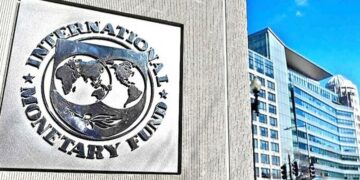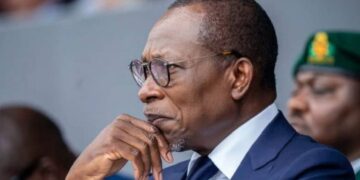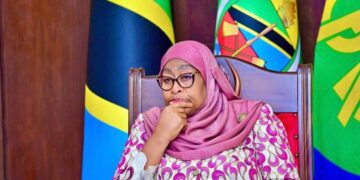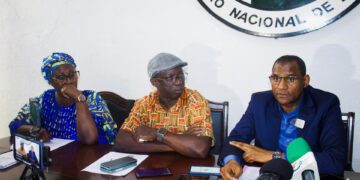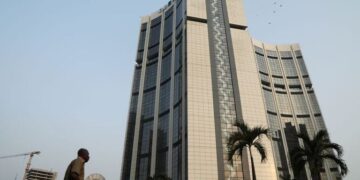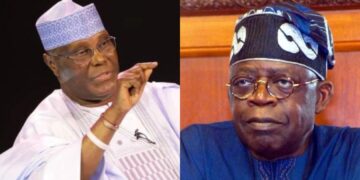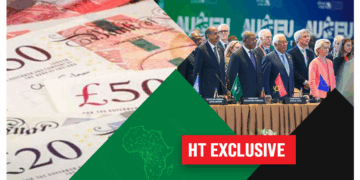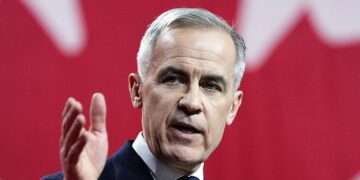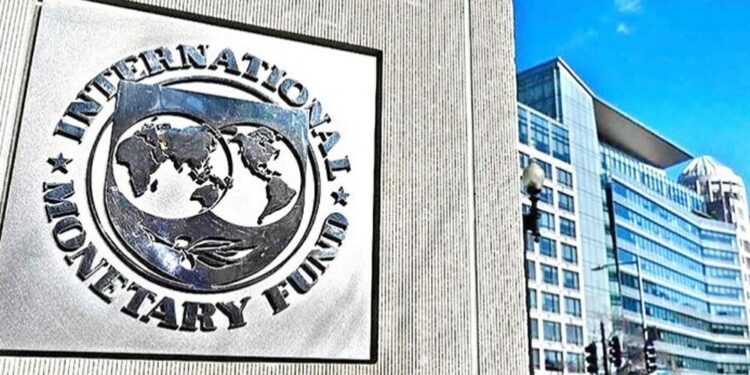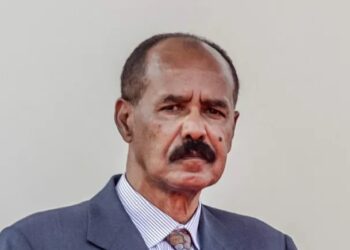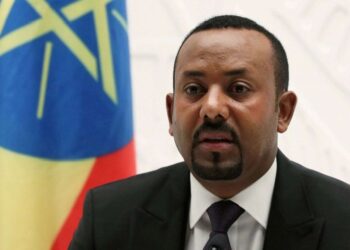By John Ikani
Kenya is set to surpass Angola as the fourth-largest economy in sub-Saharan Africa this year, according to a forecast by the International Monetary Fund (IMF). This projection positions Kenya behind South Africa, Nigeria, and Ethiopia.
The IMF expects Kenya to maintain this ranking until the end of 2029. Last year, Kenya’s GDP reached $108.9 billion, marking a growth from the previous year despite challenges.
Ethiopia, on the other hand, has been extending its lead over Kenya and is projected to overtake Nigeria as the second-largest economy in the region within two years. Ethiopia’s economy has experienced significant growth, reaching $159.74 billion in 2023, further distancing itself from Kenya.
Despite these projections, concerns have been raised about the accuracy of Ethiopia’s GDP, particularly regarding its exchange rate. Experts have criticized Ethiopia for maintaining an overvalued exchange rate, which may not reflect the country’s economic reality.
Charlie Robertson from FIM Partners UK Ltd described Ethiopia’s exchange rate as “fantasy,” highlighting a significant disparity between the official rate and a more realistic rate.
While Ethiopia’s GDP growth was the fastest in the Sub-Saharan region at 7.2 percent last year, Kenya’s growth was slower at 5.5 percent. Kenya is expected to release its official GDP numbers for 2023 soon.
In 2022, Ethiopia’s GDP exceeded Kenya’s, signalling its economic strength. A higher GDP is attractive to investors as it indicates a robust economy.
Despite Ethiopia’s economic prowess, doubts linger about the credibility of its exchange rate, which impacts the accuracy of GDP comparisons with Kenya.
The IMF’s forecasts have faced scrutiny, especially regarding Ethiopia’s exchange rate. The methodology used by the IMF relies on official exchange rates, potentially inflating Ethiopia’s GDP relative to Kenya’s.
Ethiopia’s challenges include its recent civil war and defaulting on debt payments, which have affected its economic stability.
Ken Gichinga, an economist, suggests that while official figures like GDP are hard to dispute, there may be discrepancies between economic realities and IMF projections.
In Eastern Africa, Tanzania holds the third-largest economy position, followed by the DRC and Uganda. Rwanda and Burundi have smaller economies in comparison.
